
Our Trip To Washington, June 2005

OLYMPIC PENINSULA MOUNTAINS
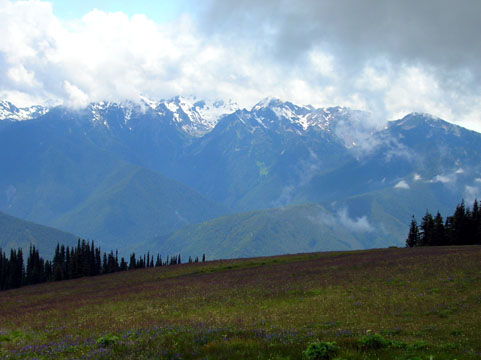
Clouds hover above Mount Olympus and smaller peaks in the Olympic Range. There are many active glaciers on the peaks.

The boys in the visitor's center at the foot of Hurricane Ridge.
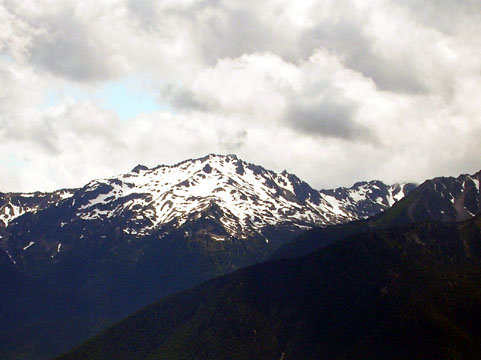
This is Mount Olympus from the visitor's center at the top of Hurricane Ridge.
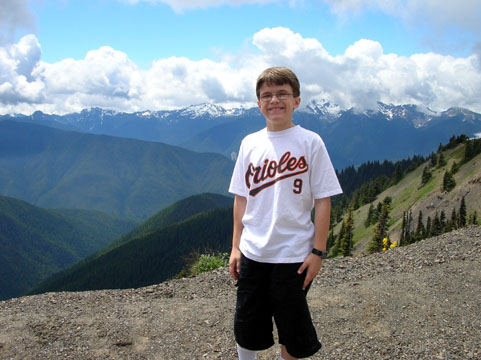
And Daniel standing in front of Mount Anderson.
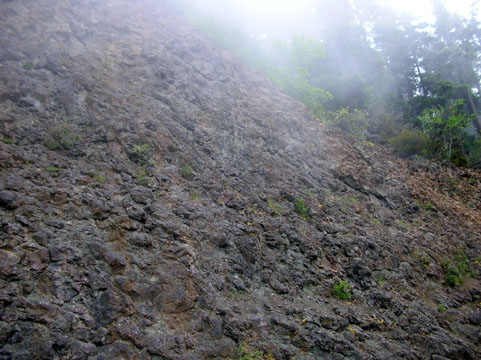
The puffy black rock coming out of this Hurricane Ridge mountainside is called pillow lava. When basalts erupt underwater, they form mounds of lava by repeatedly oozing and quenching of the hot material. The fact that this is here means that these enormous hills were once underwater.
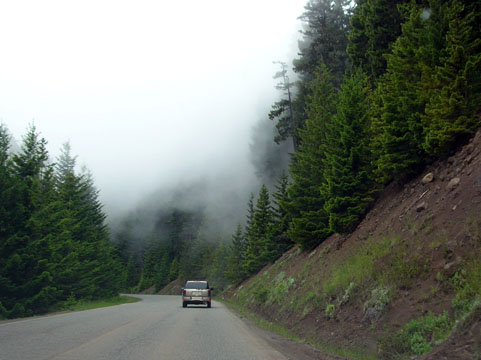
Along Hurricane Ridge, the road kept disappearing into the clouds.
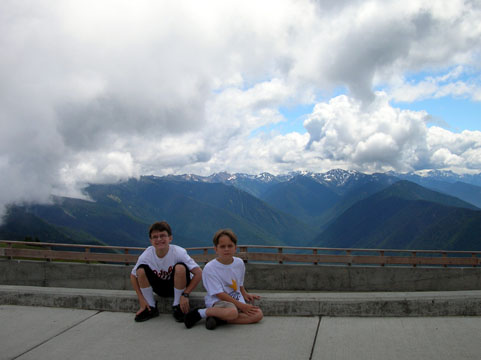
Adam was very nervous driving without being able to see in front of us, was convinced that we were going to fall off the mountain and begged us to go down.
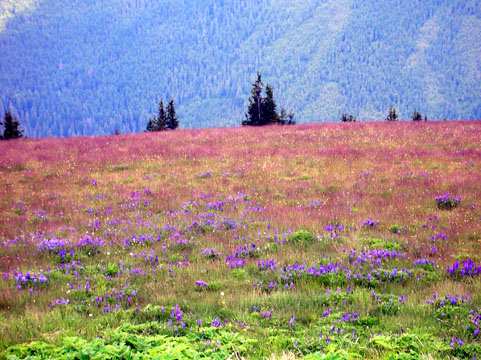
The color on the flat spaces on the hillsides was spectacular.
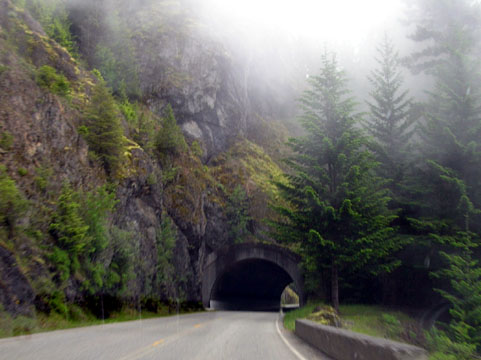
In some places it was necessary to blast a tunnel through the mountainside to make the road traversible (and not only because of the fog -- the dropoffs were very steep). This was shot through the front windshield, so sorry about the dashboard reflections.
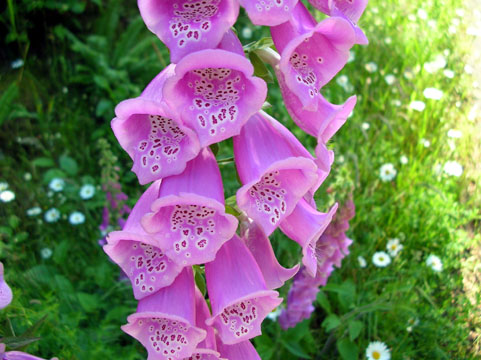
Foxglove blooms in gorgeous shades of purple and iris at the roadside all along the lower hills. Unfortunately it's not supposed to be here and is crowding out some native wildflowers. Still, at this point its growth is so extensive that it seems to be here to stay.
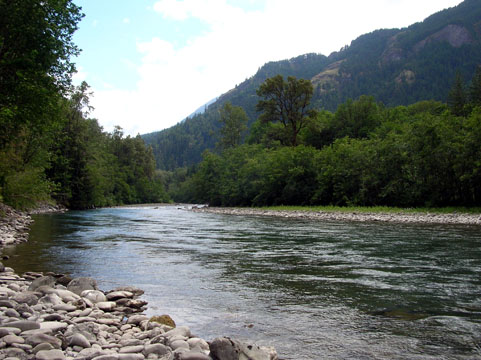
The Elwha River flowing beneath the hills, where removal of dams is encouraging the return of salmon to these waters. Native American legend says the Sol Duc and Elwha valleys were inhabited by dragons that, unable to conquer the entire region, crawled underground to cry and their tears create the hot springs in each valley.
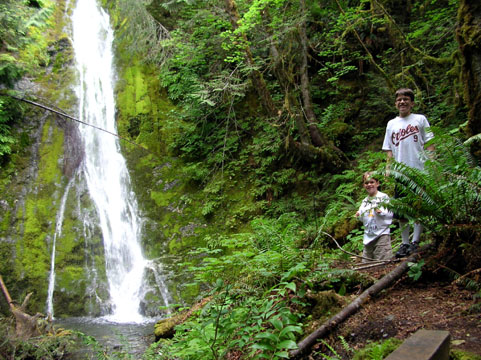
Tree-covered hillsides provide cover for several spectacular waterfalls.
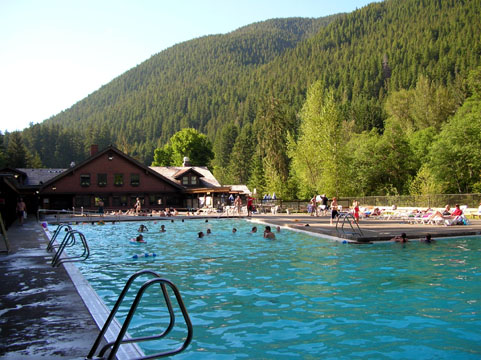
Sol Duc Resort's hot springs and swimming pool in the shadow of the mountains.

CLICK FOR PAGE 7 / CLICK FOR A TRIP REPORT
RETURN TO MY PHOTOS / RETURN TO THE LITTLE REVIEW
